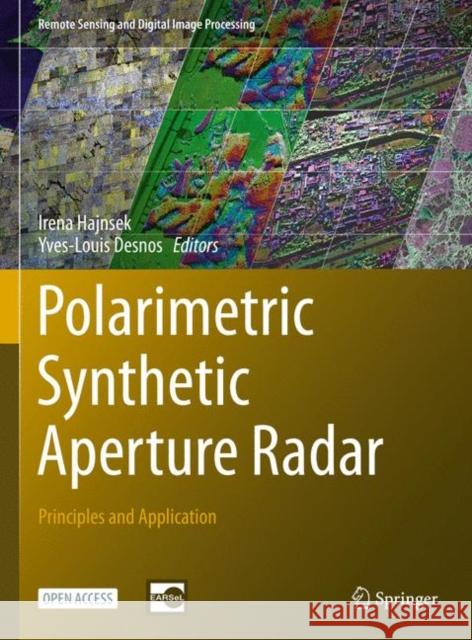Polarimetric Synthetic Aperture Radar: Principles and Application » książka
topmenu
Polarimetric Synthetic Aperture Radar: Principles and Application
ISBN-13: 9783030565022 / Angielski / Twarda / 2021 / 294 str.
Polarimetric Synthetic Aperture Radar: Principles and Application
ISBN-13: 9783030565022 / Angielski / Twarda / 2021 / 294 str.
cena 645,58 zł
(netto: 614,84 VAT: 5%)
Najniższa cena z 30 dni: 616,85 zł
(netto: 614,84 VAT: 5%)
Najniższa cena z 30 dni: 616,85 zł
Termin realizacji zamówienia:
ok. 22 dni roboczych
Bez gwarancji dostawy przed świętami
ok. 22 dni roboczych
Bez gwarancji dostawy przed świętami
Darmowa dostawa!
Kategorie BISAC:
Wydawca:
Springer
Seria wydawnicza:
Język:
Angielski
ISBN-13:
9783030565022
Rok wydania:
2021
Wydanie:
2021
Numer serii:
000227012
Ilość stron:
294
Waga:
1.03 kg
Wymiary:
28.45 x 21.59 x 2.03
Oprawa:
Twarda
Wolumenów:
01











